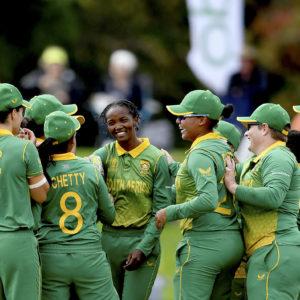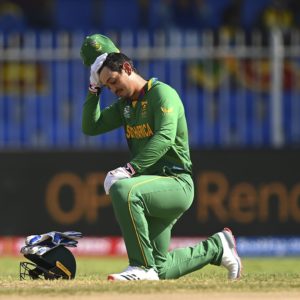Prospective Proteas can face battle to get noticed
In the second of a two-part series on women’s cricket in South Africa, the reason for the widening gap between the national team’s players and those chasing their spots becomes clear.
Author:
4 June 2022
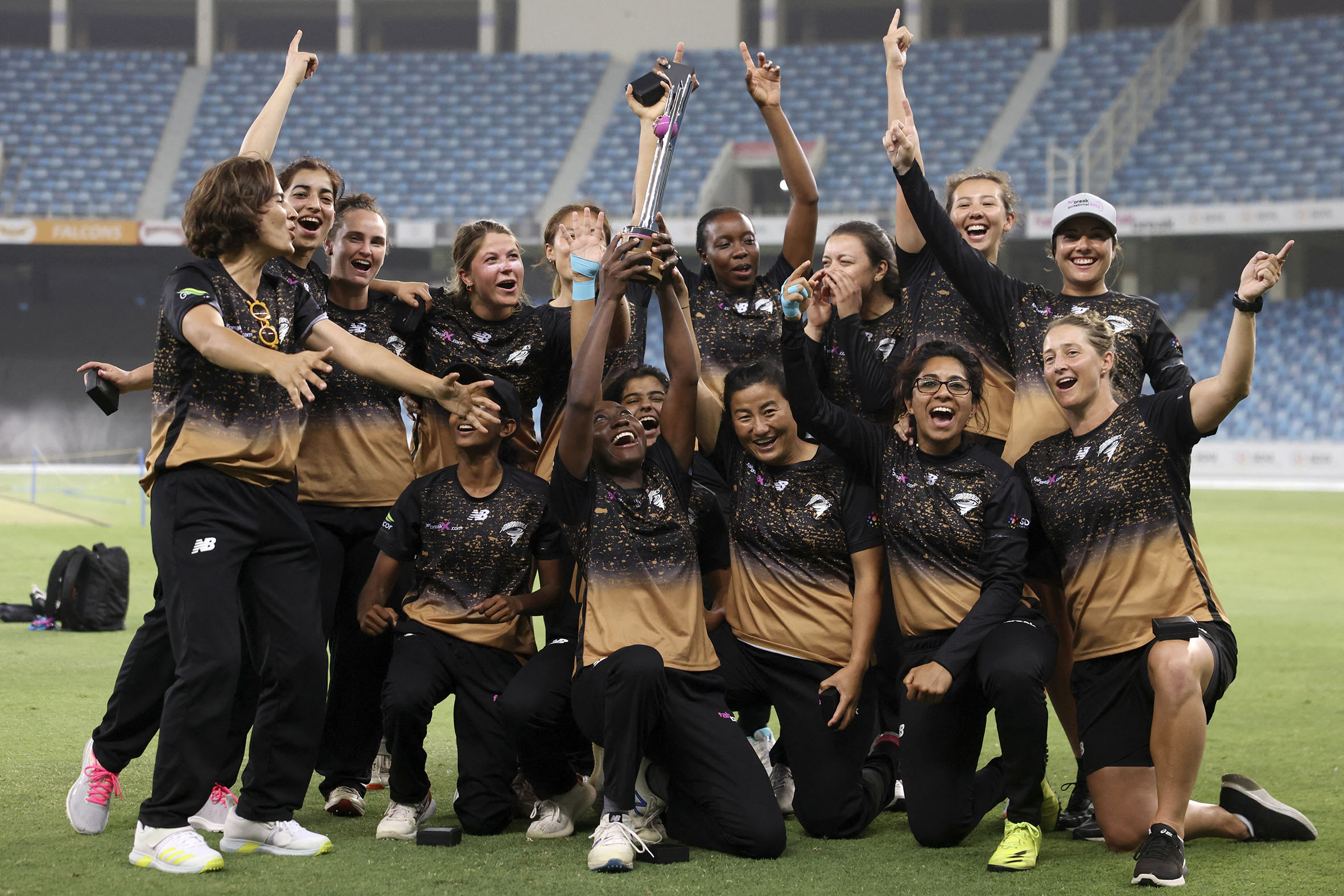
Cricket might claim to be the second most popular sport in the world in terms of participation and viewership, but this is a sleight of hand that has served more as a ballast than a springboard for true growth.
The game is the undisputed matriarch in India, Pakistan and Bangladesh, which combined have just under a quarter of the world population at about 1.8 billion people. The size of the supporter base in these countries inflates cricket’s self-aggrandising image of itself. But in other regions, the sport is on its knees. That the most recent men’s 50-over ICC World Cup, in 2019, was reduced to just 10 teams demonstrates the current stasis.
This is why the recently concluded FairBreak Invitational 2022 tournament in Dubai was a victory for anyone interested in the fate of a leather-bound cork ball. As many as 38 nations, including cricketing outposts such as Japan, Sweden, Brazil and Rwanda, were represented across six teams led by household names. There has never been a more diverse cricket event. The 11-day international carnival was a triumph for those fans who cast envious eyes at the universal appeal of football, basketball and rugby.
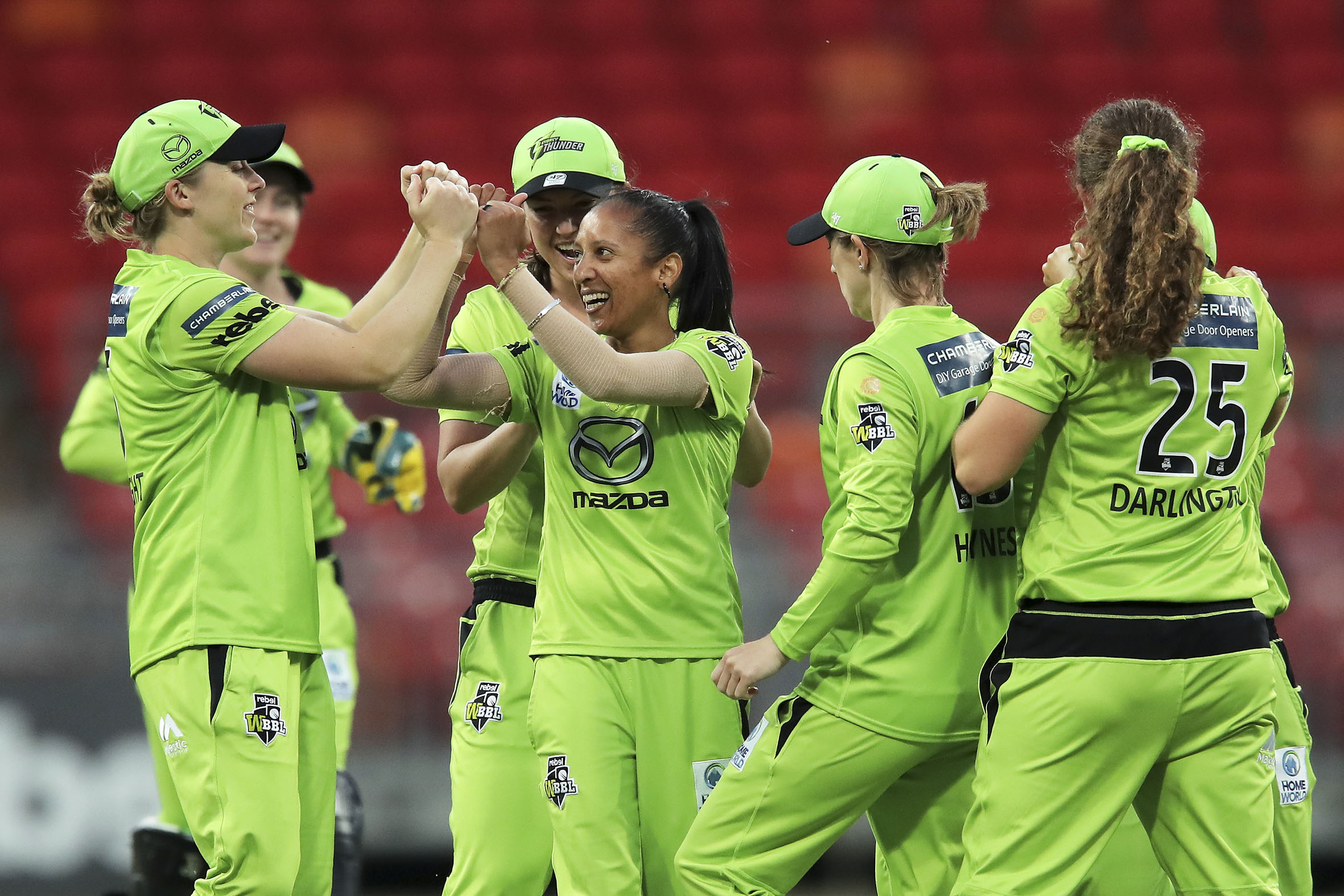
Adopting a more parochial view on the matter, it was yet another opportunity for some of South Africa’s leading stars to test themselves against the world’s best players. Laura Wolvaardt, Shabnim Ismail, Mignon du Preez, Ayabonga Khaka, Marizanne Kapp and Proteas’ stand-in captain Suné Luus, who hit the winning runs with a flamboyant drive over cover point in the final for the Tornadoes, each enhanced their reputations on a global stage.
Most of the above Proteas regulars have also competed in the Women’s Big Bash League (WBBL) in Australia and in the Super League and The Hundred in England. In August, the inaugural Women’s Caribbean Premier League will run alongside the men’s competition, while a launch date for a first-ever Women’s Indian Premier League is expected to be announced in the coming months. This is good news for South Africa’s top female cricketers, who will no doubt take leading roles in these tournaments as well.
A decade of progress
“If you compare the Proteas’ results from a decade ago to now, it’s like chalk and cheese,” says Dinesha Devnarain, who coaches the Under-19 women’s national team.
Indeed, there has been a marked improvement since the inaugural WBBL in 2015, the first franchise tournament open to women. The team has reached the semifinals of the 50-over ICC World Cup and the most recent T20 event. All five of their highest scores in 50-over cricket have been registered in this time, while 12 of their lowest 13 totals came before the first great acid test in Australia. It is also no coincidence that their five most successful wicket-takers across formats are regulars on the franchise circuit.
“This is largely due to the players rubbing shoulders with the likes of Ellyse Perry, Meg Lanning, Sarah Taylor, Stephanie Taylor, Katherine Brunt and the other superstars,” says Devnarain. “Our girls are now fixtures in those dressing rooms around the world. Some of them captain WBBL and Hundred teams. It’s been massive for their development and it’s changed the way the national team plays. When they come back they bring with them a very high standard.”
But Devnarain is concerned that an already wide gap between the elite and the chasing pack in South African women’s cricket is growing. Though she lauds the increased opportunities afforded to a handful of nationally contracted players, she laments what she perceives as a looming problem facing the game in the country.
Part one:
“If we don’t close that gap we won’t be able to continue challenging at World Cups,” she says. “This golden generation hasn’t reached a final yet. They’ve only made the semifinals. They’ve come close, but they need to keep pushing. If we aren’t able to replace them with players who are as talented and motivated, we’ll fall off the mountain before we’ve reached the top.”
Cricket South Africa (CSA) awarded full-time contracts to six players in 2013. It was a landmark moment that sought to transform an outfit that had been representing the country since 1960. Speaking at the time, then-captain Mignon du Preez said: “In Australia, New Zealand and England, the women are playing on national television. It’s as big as the men’s game, so hopefully we will get there soon.”
Change came slowly. “We were rubbish at first,” Devnarain said, who made her international debut in 2008. “But because we were rubbish we could only go up. We got beaten quite badly at times. It was embarrassing. We’d go to World Cups and get thrashed. But we learnt on the job. The senior players who are performing now for the Proteas and who are standing up for franchises cut their teeth in a pretty poor team. That experience counts for something.”
The domestic dilemma
The drawback is that young players making their way into the team must now be oven-ready. They cannot afford to learn on the job. This places greater pressure on Devnarain and the provincial coaches around the country. And while there is no shortage of passion and desire, certain variables hinder their mandate of producing players equipped for the gargantuan step up.
One major struggle is incorporating established Proteas into the domestic system. Below the Proteas and the South Africa Emerging Players team, effectively an “A” side, provincial cricketers compete in 50-over and 20-over competitions with 16 teams divided into three divisions: the Top 6 and two lower divisions, Pool A and Pool B.
As one might expect, most Proteas are clustered among the Top 6. Of the 18 players who travelled to the ICC World Cup in New Zealand earlier this year, only Kapp represents a second-division team, but she last played for Eastern Province in March 2020.
“You can’t really blame the players,” says Sharne Mayers, a true cricketing allrounder who works as a commentator and coach when she’s not batting and bowling for the Central Gauteng Lions. “It’s a short career and players need to maximise their earning potential, which means playing in the franchise leagues. They also want to represent their country at the World Cups.
Related article:
“With so much cricket going on, they need their rest and recovery. The Big Bash goes on for two months. The Hundred and the Super League also demand a lot of energy. Other leagues are happening. Domestic cricket is understandably not a major priority for them.”
Mayers has international experience, having represented Zimbabwe in 63 matches as well as captaining her country at the 2017 ICC World Cup qualifying tournament. She understands young players improve their game by orbiting veterans.
“There’s no substitute for learning from players who have been there and done that,” says Mayers, who works with leading Under-19 players in the Johannesburg area. “You can work on drills, feed balls through a bowling machine, set up cones. But if Shabnim Ismail is running in to bowl at you, or you have to work out how to get Laura Wolvaardt out in the nets … those are lessons you won’t forget.”
Facing the best
This sentiment was echoed by Leah Jones, 20, a fast bowler whose 21 wickets at 12.61 for Western Province in the CSA Women’s Provincial One-Day Competition earned her a spot in the Proteas’ national training camp ahead of the tour to the United Kingdom and Ireland in June and July.
“To be honest, the biggest challenge for myself as a bowler initially was bowling to these great calibre batters. It is like they have their game figured out, so they always pose a challenge for you,” Jones was quoted in a CSA press release.
Nobulumko Baneti, 23, a skiddy quick bowler from KwaZulu-Natal Coastal, concurred: “As a bowler, I am here to emulate someone like Masabata Klaas, so it is a challenge for me because we bowl the same thing – in-swing bowling – with the same action. It is a very big challenge for me.”
The formation of the Under-19 programme addresses some of the problems. Now a handful of talented prospects can train as if they’re fully fledged internationals. “I run a tough programme,” Devnarain says. “Some of the girls are surprised when they get here. We push them hard. I hold them to a professional standard. Some don’t last long.”
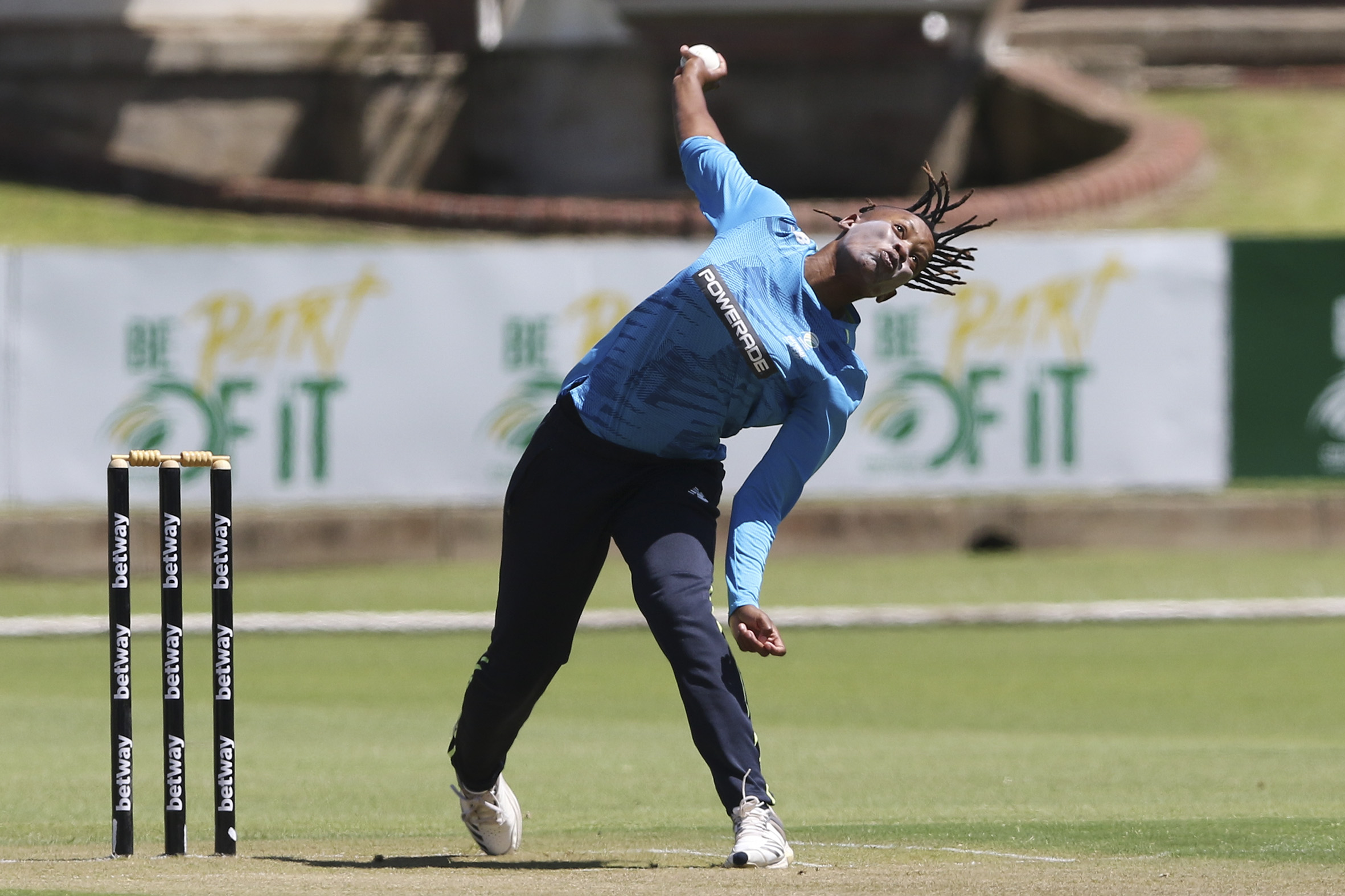
By Devnarain’s own admission, the standard of the Under-19 programme is not as strong as it would be if a better scouting system was in place. The digital streaming service PitchVision allows Devnarain and her team to keep an eye on provincial matches around the country, but often one scout is responsible for tracking four different games at once. Performances inevitably go unnoticed. And with just one national week in which to showcase what they’ve got, many skilful players never reach their potential.
Devnarain and Mayers both cite funding as a reason for the aforementioned shortcomings. They’re pragmatic, though, and expressed gratitude and admiration for CSA for the work it has done. It is a sign of their ambition that they want more.
Young South African girls now have a well-paved path to professional cricket contracts. If they’re good enough, they can earn a lot of money and travel the world. The top-paid players in the FairBreak Invitational pocketed R395 000 for two weeks’ work. But young South Africans will only be desired by franchises if the national team continues to perform. The immediate future looks secure. What comes next could go either way.

